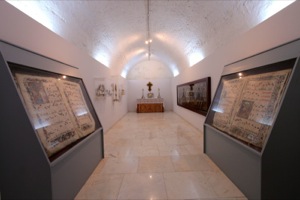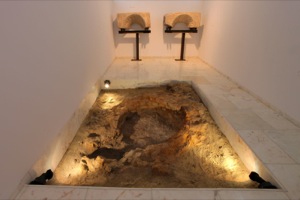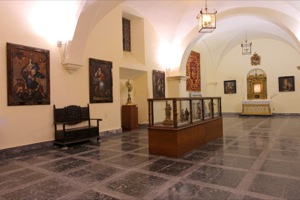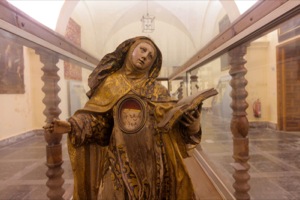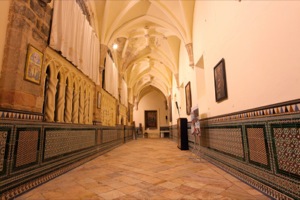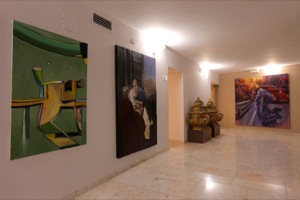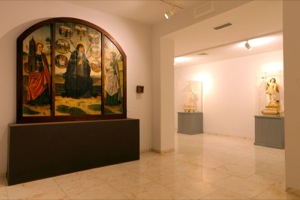Art and culture
Badajoz Metropolitan Cathedral Museum
Some of the most important pieces on display at this Cathedral Museum are the valuable panels by the painter Luis Morales, along with gold and silverwork and historical tapestries
- Explore
- Badajoz Metropolitan Cathedral Museum
Extensive display of religious art
Location and Contact:
- Tel.:+34 924 223 999
- Email: turismo@aytobadajoz.es
- Website address: https://www.meridabadajoz.net/archidiocesis/catedral-de-badajoz/
- Opening times
Tuesday-Saturday: 10.30am-1.30pm and 5-7pm.
Closed on Sundays and Mondays.
- Fee
General admission: €4.
Reduced admission: €3.
-
Some of the most important pieces on display at this Cathedral Museum are the valuable panels by the painter Luis Morales, along with gold and silverwork and historical tapestries
This cathedral museum is located inside the Badajoz Metropolitan Cathedral. Here you can admire Islamic pottery from 10th century, official documents with the dates the first diocese in Badajoz was created and documents regarding construction of the cathedral. You can also contemplate ceremonial objects, such as cruets, chalices, pyxes, etc.
This museum also holds works of art by the painter Luis de Morales (nicknamed The Divine One), amongst which "Pietà" is noteworthy. Madonna and Child, by Donatello's disciple, Desiderio da Settignano, can also be admired here.
Besides these seven rooms, the cathedral's cloister is decorated with large paintings by the Madrid artist, Antonio de Monreal, Bocanegra from Granada and Alonso García de Mures from Seville.
-
- Origin:
-
- 20th century
- Construction:
-
- Cathedral
- Period in history:
-
- 10th century
- 12th century
- 19th century
- 15th century
- 16th century
- 17th century
- 18th century
- 20th century
- Name:
-
- Cathedral museum
Accessibility:
- Disabled access
- Access ramps
Services:
- Shop
- Guided Tours
Theme:
- Art and culture
Gallery:
More suggestions
-
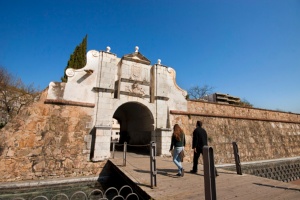
Walled enclosure in Badajoz
Gates and bastions all over the city of Badajoz give a glimpse of what the ancient walled enclosure that protected the city looked like.
-
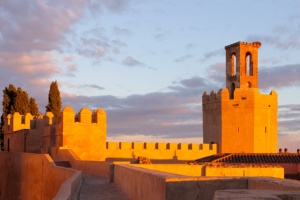
The Alcazaba (Arab Fortress), a spectacular view
The Alcazaba, or fortress, was the origin of the city, the dwelling of the Kings of the Taifa Kingdom and the defensive structure which made Badajoz a strategic fort to control the area's historical borders.
-
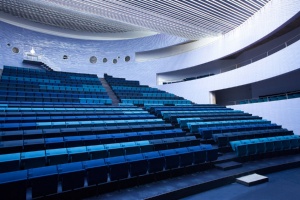
Badajoz Convention Centre
The façade of this iconic building changes tone depending on the light reflected off it.
-
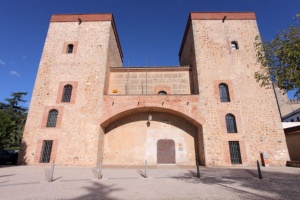
Badajoz Provincial Archaeological Museum
This museum is located in one of the oldest and most representative buildings in Badajoz, where several thousands of archaeological objects of great historical relevance are kept.

